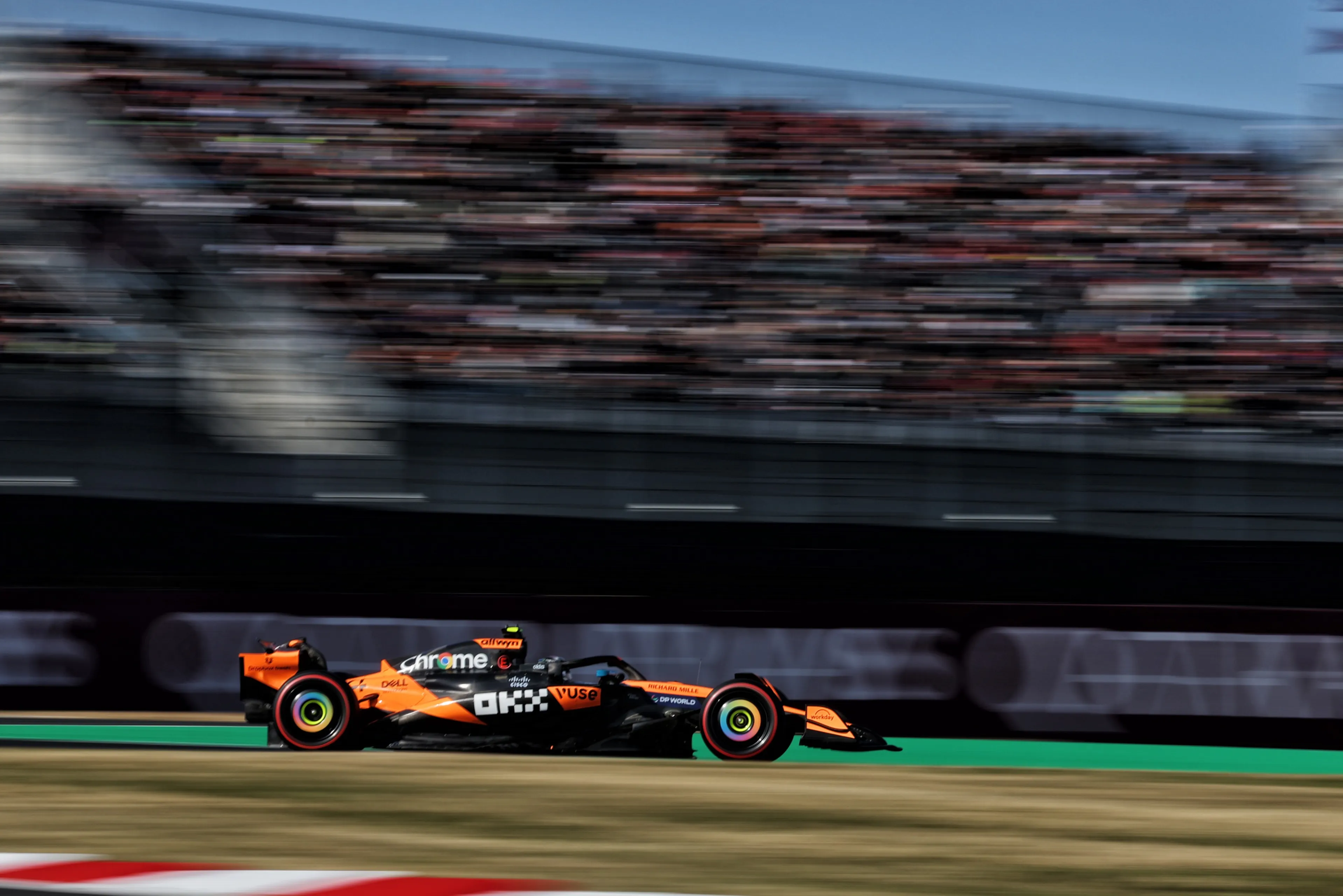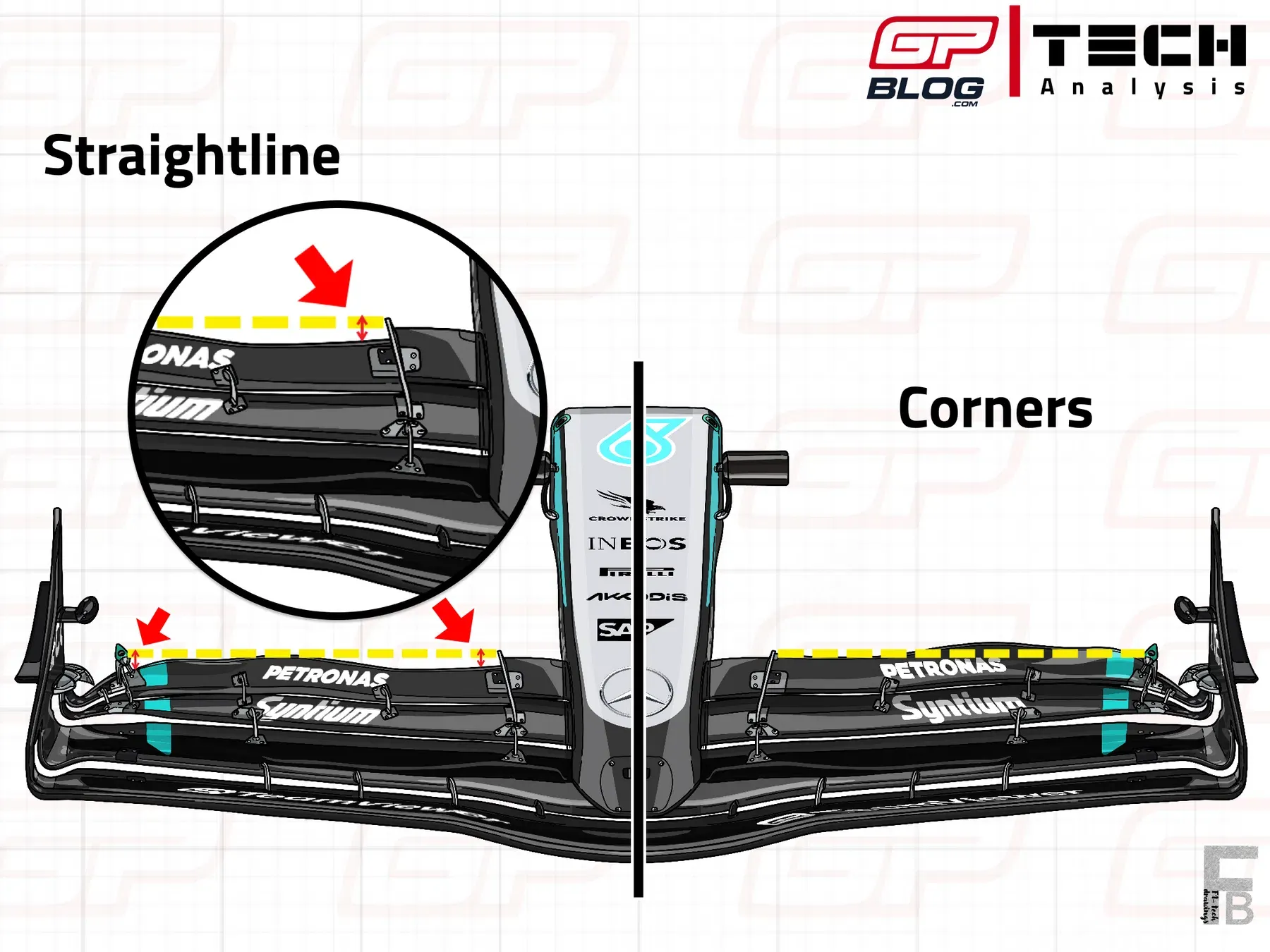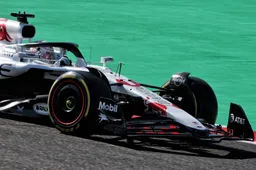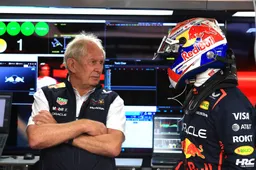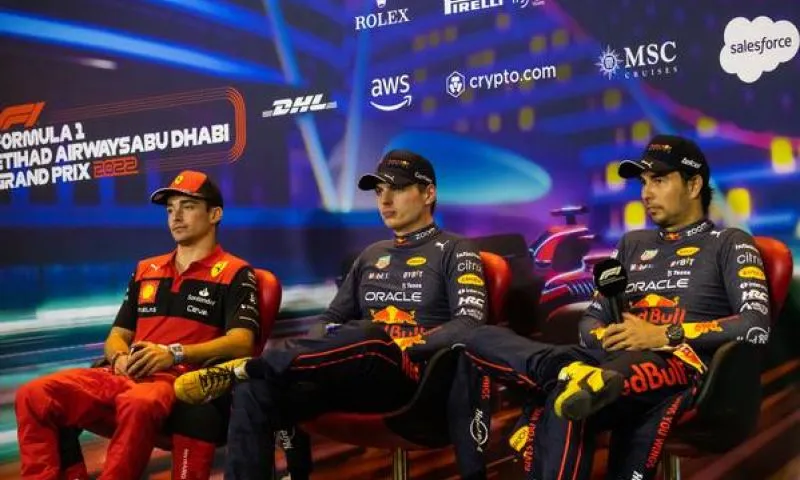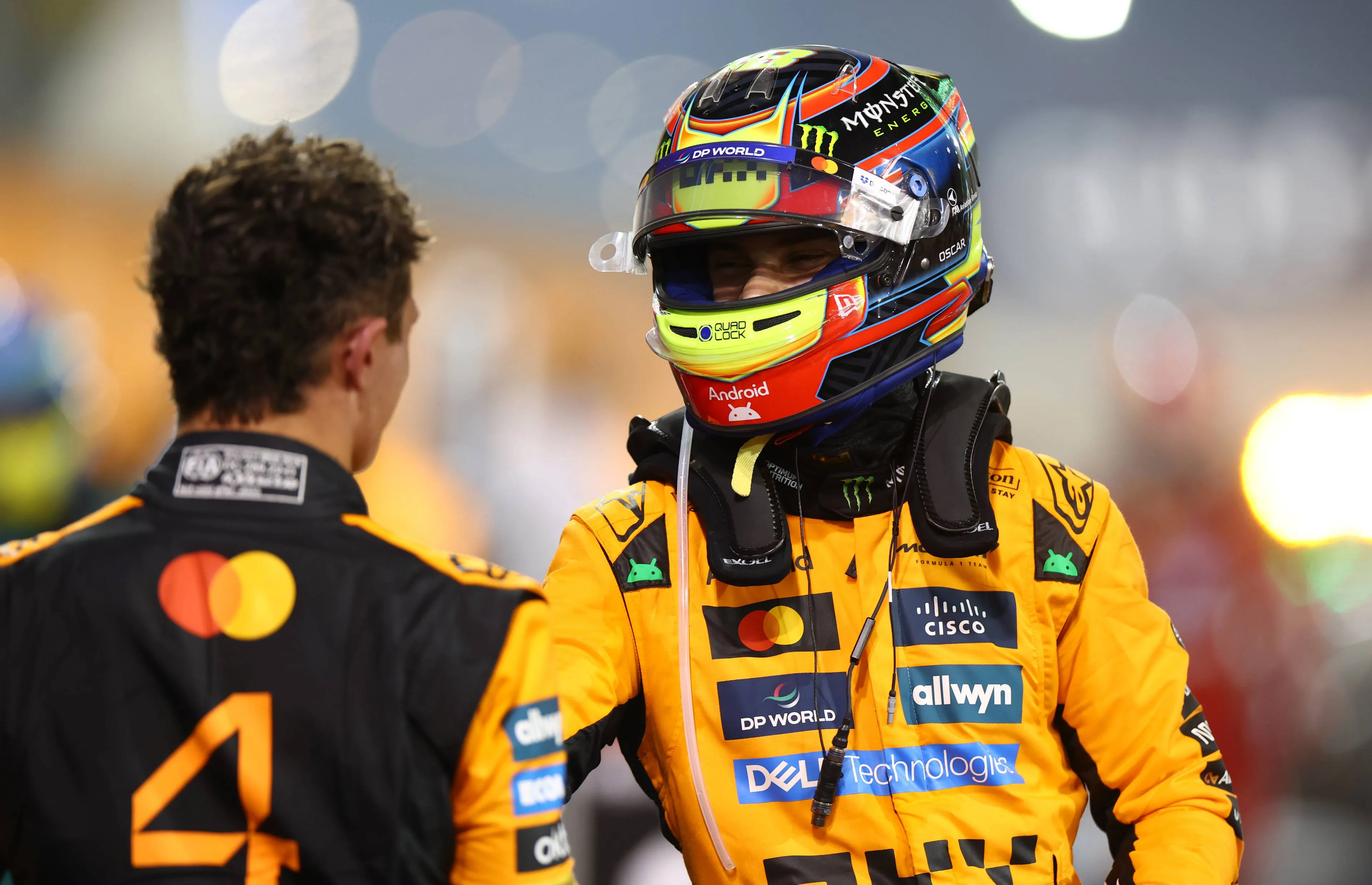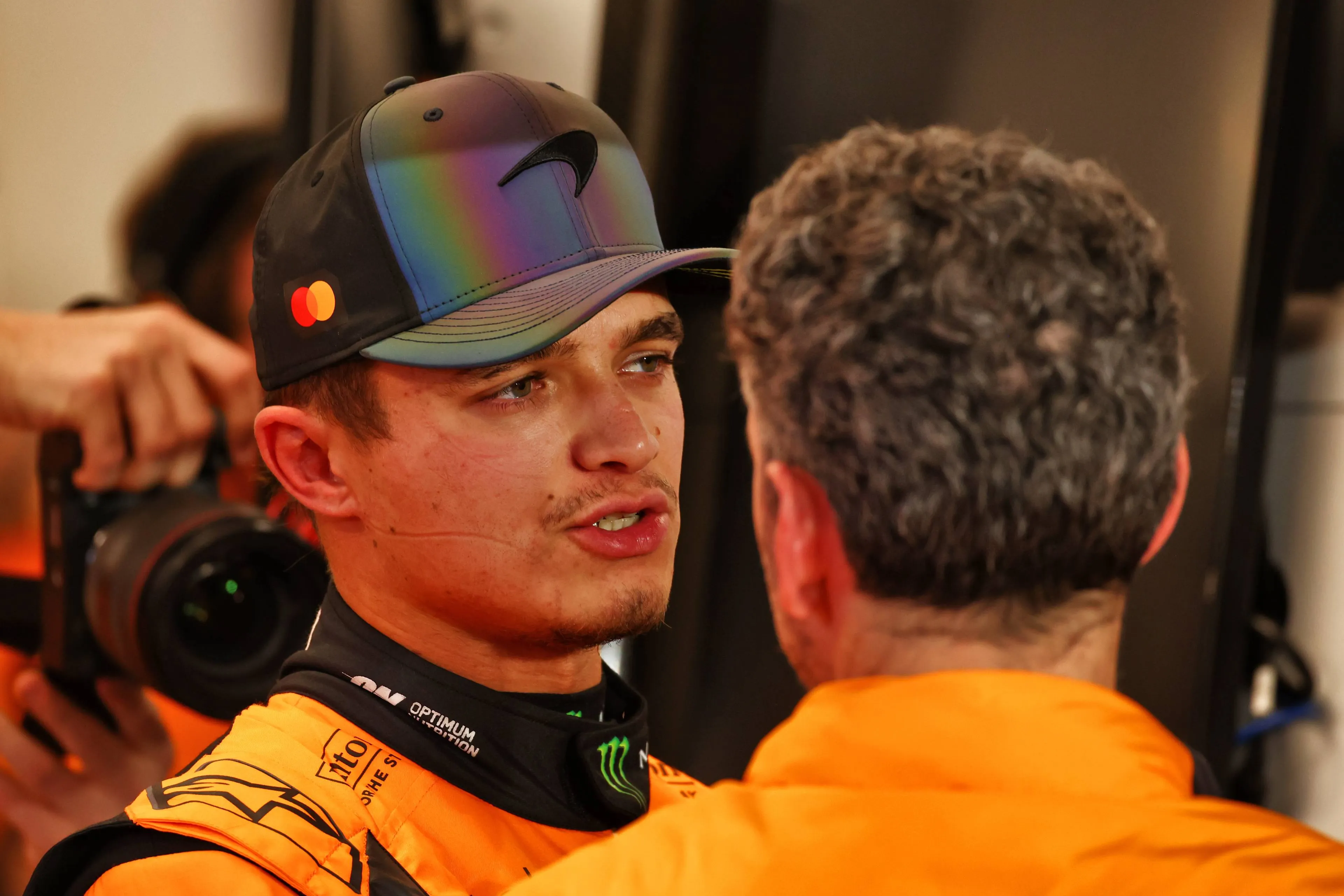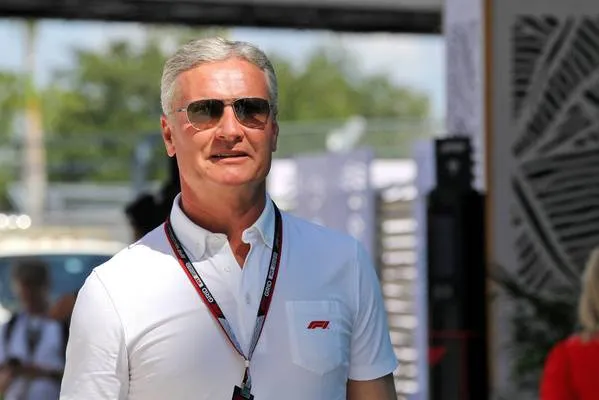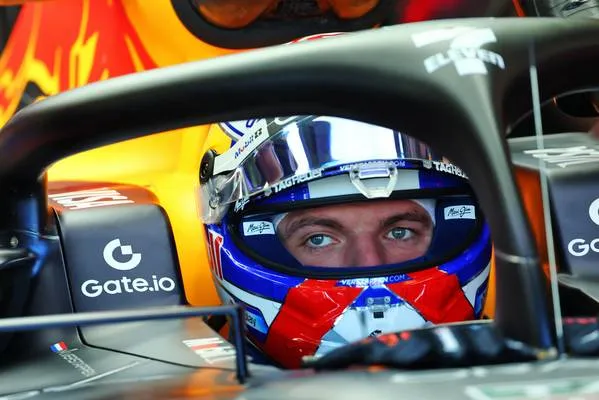F1 Tech | Why McLaren's performance on Friday should scary closest rivals
18:00, 04 Apr
0 Comments
FP1 was the only indicative session of the Friday at Suzuka: and McLaren seem to be the quickest with a decent gap to Mercedes, Ferrari and Red Bull, which are all very close to each other. Let’s try to analyse every team’s performance.
McLaren on a planet of their own
Starting from McLaren, the team used the first practice to test two slightly different set-up configurations from a mechanical point of view: Norris drove a stiffer car in terms of suspension stiffness, while Piastri adopted a softer set-up.
This aspect inevitably affected the way the MCL39 behaved along the 5.807 km Suzuka Circuit, especially during the fast lap simulations both on the medium and on the soft tyre: being stiffer, Norris’ car was way quicker in the first sector, which is characterised by a sequence of high-speed corners and thus requires a very stable aerodynamic platform and a reactive front end, but lost out to his teammate in all slow speed corners.
The Briton, in particular, struggled at the last chicane, as his MCL39 was sliding massively whenever it came off the kerbs.
On the other hand, Piastri ran a softer set-up, which gave him the advantage in the slow speed and medium speed corners to his teammate: his MCL39 was flying especially in the last sector, being very clean and reactive through the last chicane, exactly where Norris was struggling.
However, the soft set-up didn’t pay dividends in the first part of the track, as he was losing most of the time to Norris there.
As a consequence, for FP2 the team searched and found the right compromise between these two set-ups: looking at the onboards, in fact, both drivers’ cars looked much more stable through the esses in the first sector (where they were still losing less than a tenth to Russell and Hamilton) and through both medium speed and slow speed corners.
Particularly impressive, was the fact that both Norris and Piastri gained most of the time on their rivals in sectors 2 and 3, proof that the car was not only the quickest in corners but was also able to make the soft tyres last for the whole lap.
Moreover, the MCL39 seemed much more drivable for the drivers this afternoon and expressed high levels of downforce in all kinds of corners, proof that the team found the perfect set-up to make the car work in its ‘sweet-spot’.
Piastri himself underlined the step forward made by the team between FP1 and FP2 in the post practice interviews: “It's really hard to know, I think FP1 was difficult to get pace out of the car. I think FP2 I was much more comfortable.”
Despite the set-up differences in FP1, as soon as the team put fuel into the car and long run simulations started, the MCL39 seemed to be on another planet compared to rivals: as highlighted by the lap times in the table below, the car was much quicker than others, with a very rapid pace and little tyre degradation, despite Norris’ worries about graining on the fronts (which was probably caused by the green track and the new asphalt in the first sector).
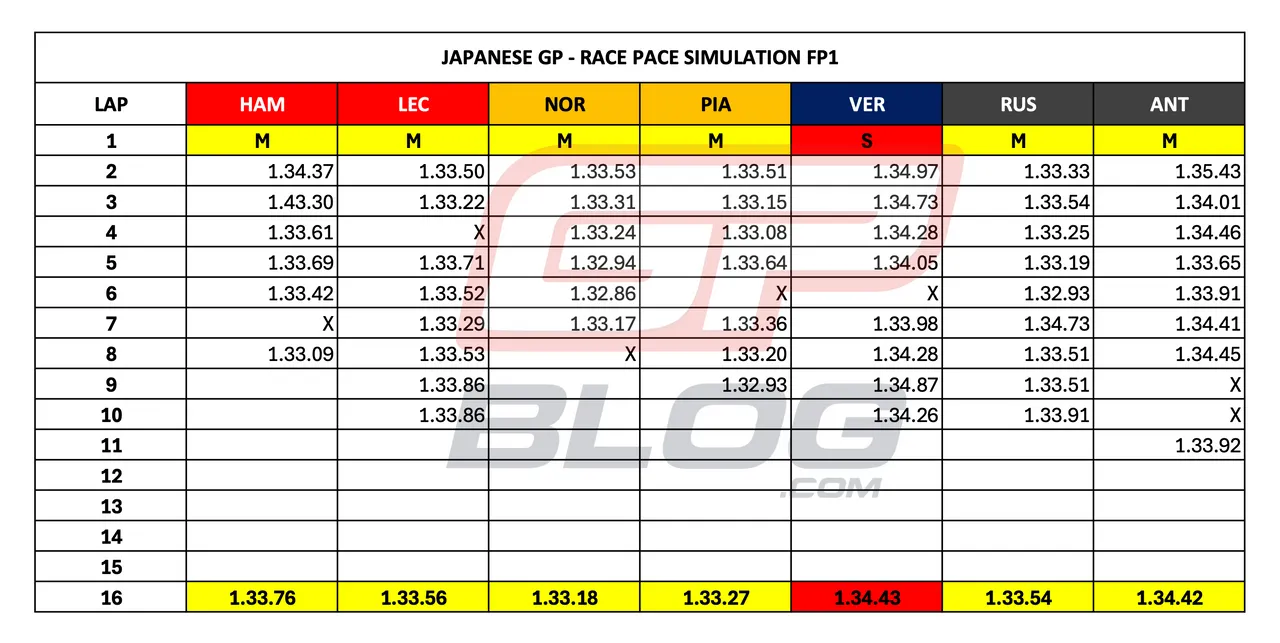
Race pace simulations from FP1
Mercedes quick on soft, slow in race pace
Moving now to analyse the performance of the teams behind, Mercedes, Ferrari and Red Bull all looked extremely closed, both in terms of qualifying performance and race pace simulations, but separated by a decent gap from the two McLaren in front.
Starting from Mercedes, the car proved to be really competitive in qualifying simulations during FP1, especially in Russell’s hands: as found in a dedicated analysis last week, the W16 is definitely a step forward compared to last year’s car and that was particularly visible at Suzuka. This aspect was underlined also by trackside engineering director Andrew Shovlin today: “It hasn't really got the vices that we've had in a couple of previous years and that's down to doing good work over the winter. So far, we haven't seen many circuits, but it's worked well over the ones we have and through a range of conditions. There's clearly a gap to McLaren that we need to chip away at, but that looks more like just a normal development race that we need to get stuck into rather than trying to get on top of any of the handling vices that we’ve had.”
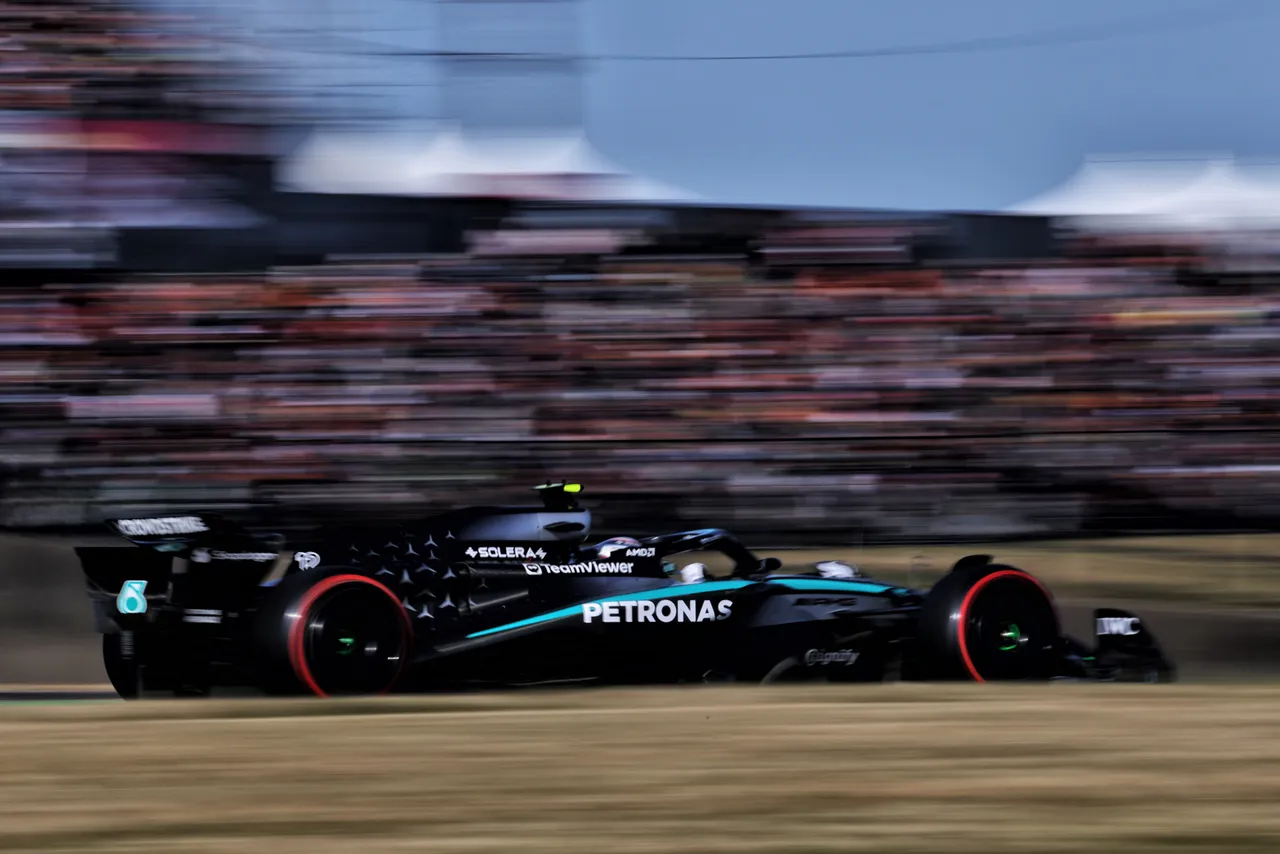
His words are proof that the Brackley based team’s engineers have understood the problems from the past three seasons and worked on them, gaining performance. As already said, they still need to fix the W16’s behaviour in hotter conditions and rear limited circuits. However, the Japanese layout, matched with the very low temperatures (around 14°C) clearly favoured the Mercedes.
The W16 looked very strong in the first sector, proof that when kept at a very low height to the ground the Venturi channels are able to express a high level of ‘efficient’ downforce. Moreover, it also showed the great traction already analysed in China, which definitely helped Russell and Antonelli at the exit of the slow corners in sector 2 and 3.
Yet another Achilles heel seems to be race pace simulations, at least for what was visible in FP1: the W16, in fact, set very competitive lap times on the medium tyre at the beginning of the stint (in line with McLaren’s), but as soon as the tyres began to wear, the car lost performance and lap times fall apart.
Read also
Ferrari and RedBull with a lack of performance
Moving now to Ferrari, they showed ups and downs as well during the day, with the SF-25 behaving better in the long run simulation (with lap times quicker than Mercedes) than in qualifying simulations. The car looked balanced and seemed very stiff and close to the ground, generating a lot of downforce from the floor: this set-up gave quite a big advantage in the high-speed corners through the first sector, where the SF-25 looked in line (if not faster) than the MCL39.
As a consequence, the performance through slow speed corners was worse, as highlighted byTeam Principal Fred Vasseur after FP2: “If we are missing something today it is in turns 9 and 11, which are the slowest”. This inevitably translates into a lot of time lost in sector 2 and 3 especially compared to McLaren.
The positive aspect for the tifosi is that the team still needs to find the perfect set-up for this weekend, as both Hamilton and Leclerc complained of understeer during both practices, especially with the medium and hard tyre. Particularly significant is the +4 flap adjustment requested from Leclerc in FP2, as it underlines that understeer was the main limitation on such a demanding circuit.
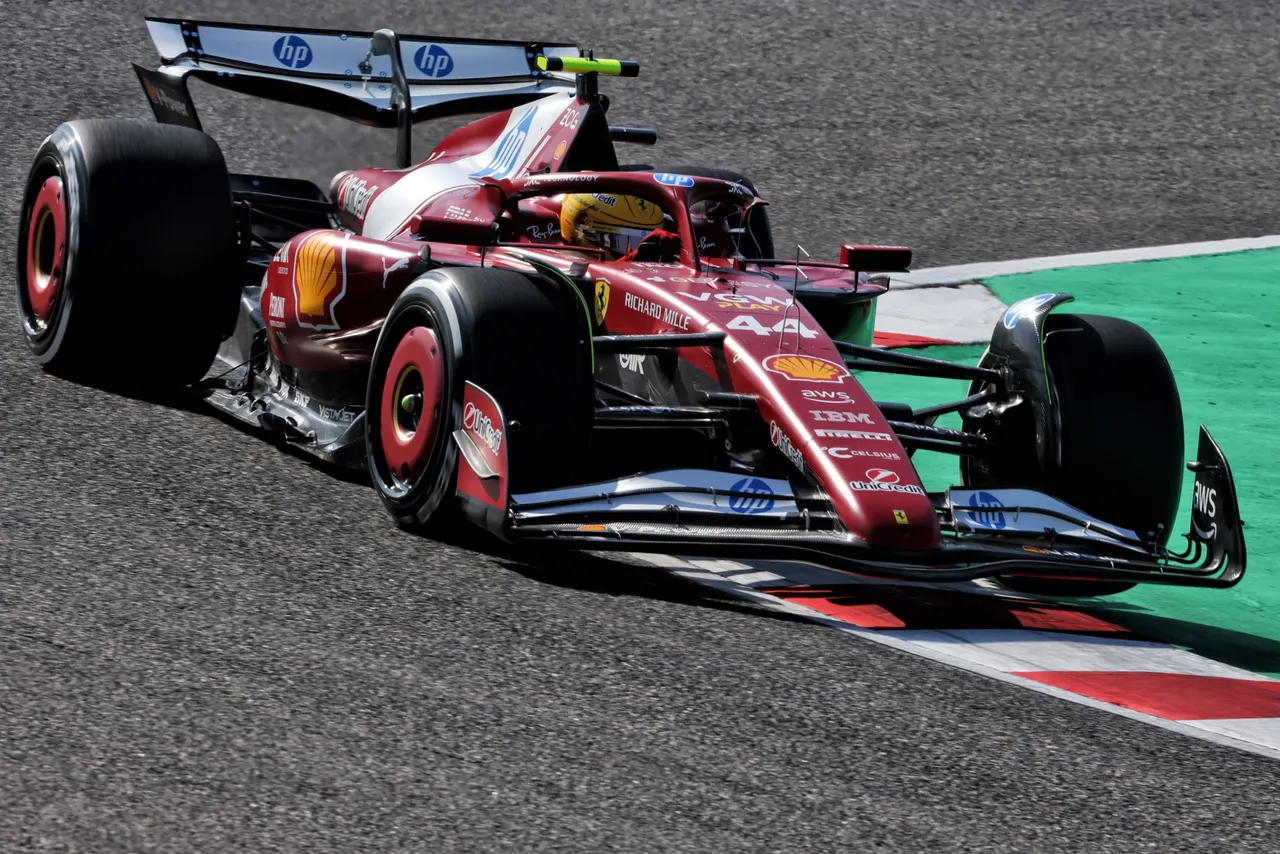
It’ll be very interesting to see the step that the team will be able to take tomorrow, since in both Australia and China, Ferrari seemed to have reached a plateau (in terms of performance) on Friday, with a very small improvement from Saturday onwards compared to their rivals.
Last but not least, Red Bull was the first team to introduce upgrades this weekend: minor changes to rear suspension covers and engine cover appeared during FP1. The changes to the engine cover where hardly noticeable, but as highlighted by the green arrows and lines in the photo below, mainly aim at improving the amount of air directed towards the diffuser, to increase the downforce generated by the bodywork of the car.
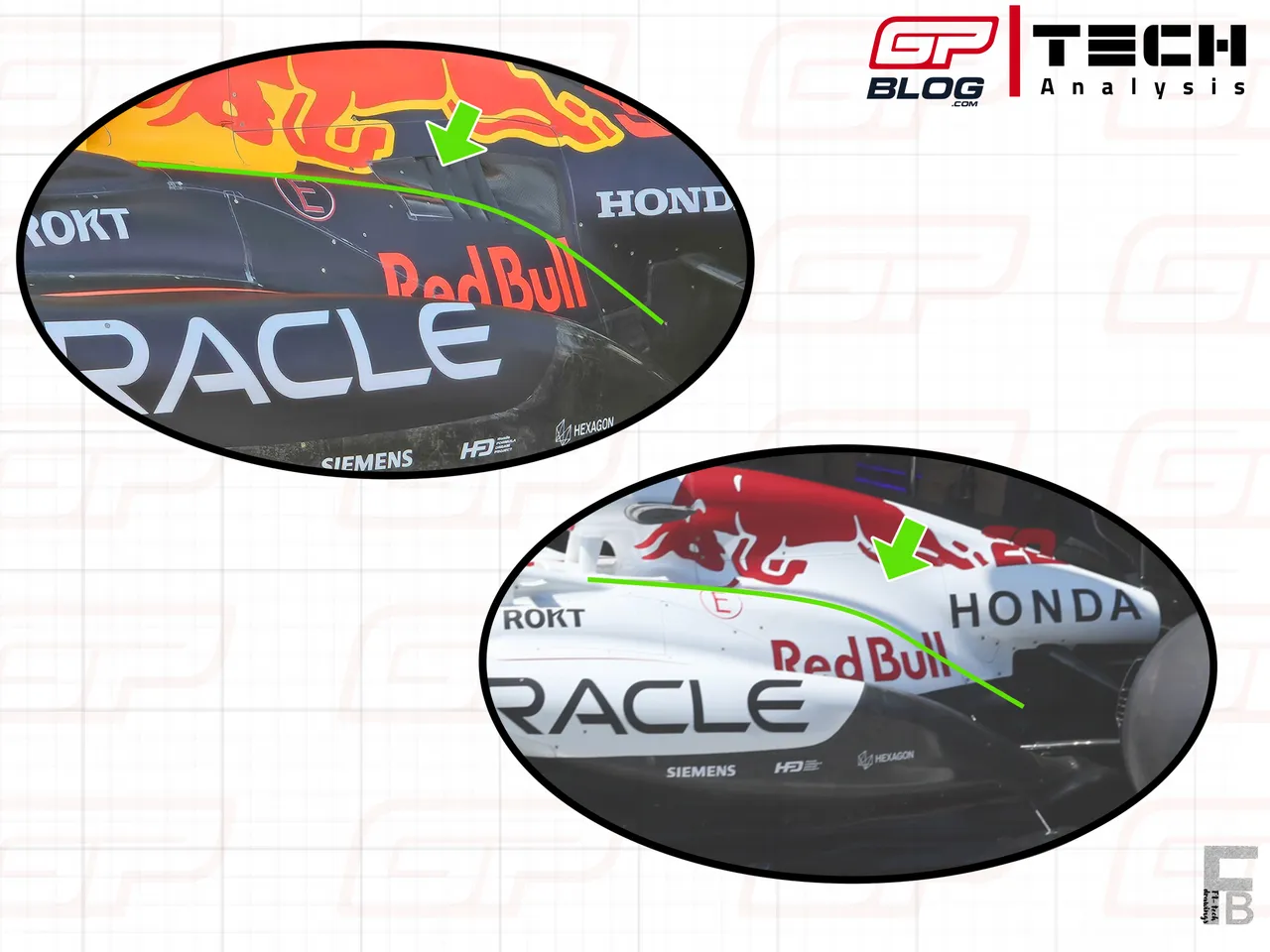
Red Bull new engine cover for the Japanese GP
However, the new components didn’t seem to have worked as hoped, as underlined by Verstappen after FP2: “Today has been quite difficult for me. Just trying a lot of different things with the car but seems like a lot of things are really not clicking at the moment.”
The RB21, in fact, didn’t look balanced from the onboards: the rear of the car was sliding a lot at the exit of both slow corners and fast corners, making Verstappen lose confidence in the car straight away, as he revealed to F1TV: “Quite difficult to put the lap down. You need a lot of confidence and commitment around here and at the moment I don’t feel like I can use that.”
Moreover, race pace simulations on the soft rubber looked horrible, as the lap-times were just too slow, proving that the missing aspect on the RB21 is performance.
For this reason, it’s correct to praise Tsunoda’s first day in a Red Bull, as he was immediately quick and very close to Max Verstappen. It’ll be interesting to see if this trends keeps for the next races as well, but for now the team seems to have made the right choice.
In conclusion, despite the very few laps in FP2, the first day of practice for the Japanese Grand Prix weekend revealed a very strong McLaren, which should, according to the performance seen today, lock out the front row tomorrow and go straight on to win the race on Sunday. However, the high risk of rain before the race start could spoil the Papaya team’s party, giving other teams the chance to fight for the race win.
Read more about:
Popular on GPBlog
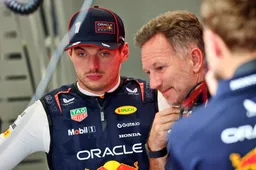
1
F1 LIVE | Verstappen and Red Bull warned, early exit from Ferrari predicted for Hamilton
2336 times read

2
Kelly Piquet shows off baby tummy on Verstappen's Yacht
1159 times read
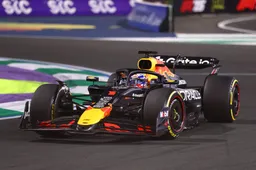
3
Horner looks forward to 'Exciting' new project with Red Bull Racing: 'No risk, no fun'
713 times read

4
Ferrari announces this striking new look for the Miami Grand Prix
705 times read
